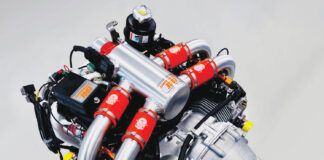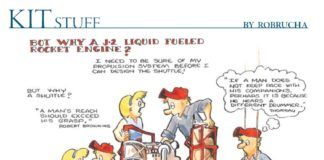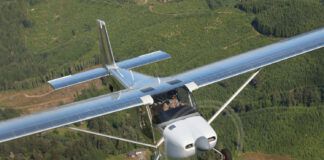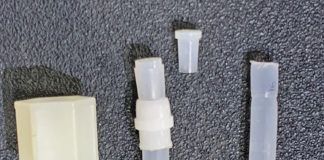Push Me, Pull You
I read Marc Cook’s article on the Zenith CH 650 B [June 2012] with great interest, but one part that was of particular interest to me was about the “pushrod-activated elevator.” I called Zenith about that, and Caleb Gebhardt told me that Zenith has never used anything but pull-pull on the elevators for their designs. He questioned your sources, but the main reason for my writing is to offer as much time as possible for a retraction, in the event you decide that is appropriate.
I did enjoy the rest of the article, but I am still interested in pursuing a push-pull system on my CH 750 project. Any information on that subject that you may have available would be of interest to me.
Duane Felstet
Marc Cook responds: Well, I must have spent too much timing hanging around RVs or recalling the Pulsar. Reader Duane Felstet is correct. The Zenith designs use cables to operate the elevator. My bad.
Props for Shrouded Props
Let me preface this letter by stating that I love Barnaby Wainfan’s articles. His column is one of the major reasons I subscribe to KITPLANES®. As an engineer, I appreciate how well he communicates complex material into easily readable concepts. As a working aerodynamicist, I find his insights reaffirming to principles I already follow. Don’t ever lose this gem.
Although Wainfan has a broad knowledge of aerodynamics, his recent foray into the world of shrouded propellers entered our area of expertise. For the most part, he is spot on. However, I must take him to task on a couple of points.
Although in theory an optimum shrouded prop can produce 28% more static thrust than an optimum free prop, we do significantly better in the real world. Most free props have a static thrust efficiency (Figure of Merit) of 50% to 55%. Our shrouded props typically have Figure of Merits above 80%. It’s not uncommon for us to see a 45% increase in static thrust with a shrouded prop.
When a lightly loaded free prop is inserted into a shroud, the performance crossover point is somewhere in the 130-knot range. With modern CFD analysis, though, we can tailor the prop and shroud to work as a matched set. By using smaller diameter props, we also work with higher disk loadings. Wind tunnel tests confirm that a 54-inch shrouded prop outperforms a 76-inch free prop to speeds in excess of 200 knots.
Wainfan only brushes against the noise issue. Yes, the pitch of the prop noise is higher with a shrouded prop. Additionally, if you don’t design the shroud lip properly, the shrouded prop can be twice as loud as a comparable free prop. But, with a properly designed shrouded prop, the noise is only half that of a free prop.
In the past, shortcuts and misunderstandings have hobbled shrouded prop performance in real-world installations. We are working hard to overcome the prejudices fostered by previous missteps. Up to now our shrouded props have been used mostly on research vehicles; in the near future, we anticipate a breakout of this technology into the world of sport aviation.
Rob Bulaga
Trek Aerospace, Inc.
Write to [email protected] or mail a piece of your mind to:
KITPLANES, P.O. Box 315, Ashland, OR 97520.




